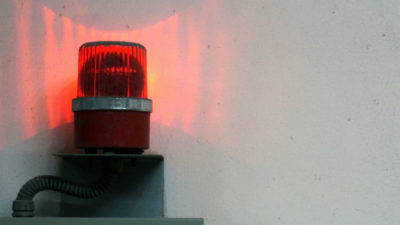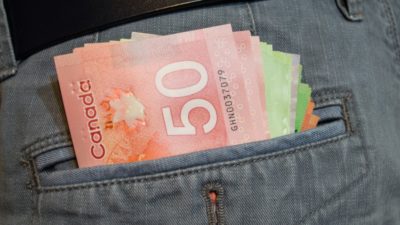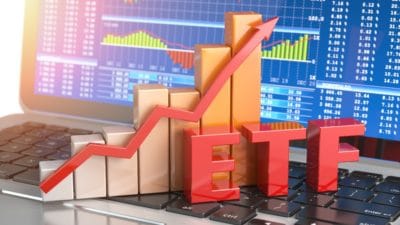Sharply weak commodity prices and fears over a hard landing in China, along with Canada recently slipping into recession, are driving higher volatility on local financial markets. These factors emphasize that investors should be weatherproofing their portfolios against any further economic uncertainty by increasing their exposure to defensive stocks.
One of the best industries for this purpose is electric utilities. The industry possesses three desirable defensive characteristics, high profit margins, steep barriers to entry, and stable consumer demand.
Now what?
When investing in this industry, the secret is to identify those companies that have the widest possible economic moats, are best poised for growth, and pay high-yielding dividends.
One company that stands out for all of the right reasons is Canadian Utilities Ltd. (TSX:CU). Not only does it possess all of the defensive characteristics traditionally associated with electric utilities, but it also has an enviable history of regular dividend increases.
In fact, it has hiked its dividend for the last 43 straight years and has been able to do so because of its wide economic moat coupled with its globally diversified portfolio of high-quality utilities assets and steadily growing earnings. It now pays a sustainable dividend with a very handy 3% yield, which can only continue to grow because it is focused on expanding its asset base and earnings.
Next up is Brookfield Renewable Energy Partners L.P. (TSX:BEP.UN)(NYSE:BEP) one of the largest owners of alternate renewable energy assets in North America. It possesses an enviable portfolio of high-quality renewable energy assets located in Canada, the U.S., Brazil, and Western Europe. It has a focus on hydroelectricity, which makes up 80% of its electricity generating capacity.
More importantly, it is focused on expanding this portfolio through a combination of organic growth and acquisitions. It earmarked the deployment of over US$4 billion for this purpose. During 2014 it made a number of acquisitions, including a wind portfolio in Ireland, the largest privately owned hydro-plant in the U.S., the 417 megawatt Safe Harbour hydro facility, and a 488 MW multi-technology renewable energy portfolio in Brazil.
All of these attributes leave it well positioned to continue growing earnings as it takes advantage of the secular trend of clean renewable electricity generation.
Furthermore, let’s not forget about Brookfield’s sustainable and very juicy 6% dividend yield. This will continue to reward patient investors as they wait for an uptick in the economic cycle that will drive Brookfield’s earnings higher, causing its share price to appreciate in value.
So what?
Both companies may not offer exciting growth prospects, but what they do give investors is secure regular dividend payments that have decent yields. These businesses possess wide economic moats and steadily growing earnings. When considered in conjunction with the fact that they operate in heavily regulated markets with considerable barriers to entry, they are the perfect candidates to hedge against an increasingly volatile economic outlook.







